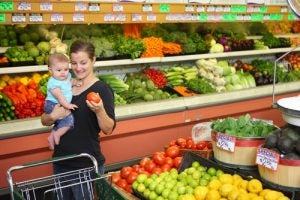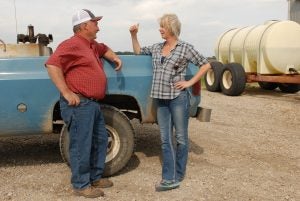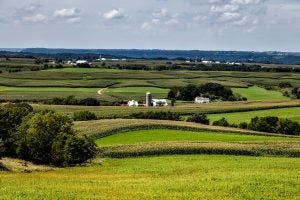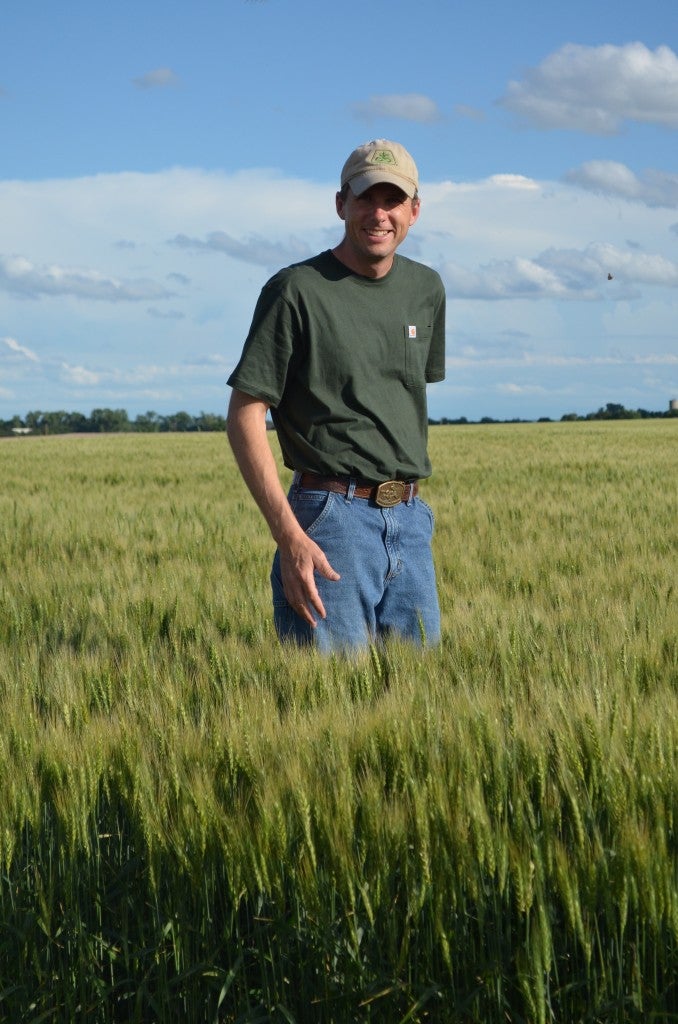“Can you help us achieve this?”
That was the question that Smithfield Foods’ chief sustainability officer asked Environmental Defense Fund more than five years ago, after Walmart challenged the world’s largest hog producer and pork processor to improve sustainability in its feed grain supply.
At the time, very few food companies considered grain sustainability to be their responsibility, and even fewer were taking steps to improve that segment of their supply chain. But Smithfield responded to Walmart’s challenge.
In 2013, the company committed to work with grain farmers in its supply chain to adopt farming practices that would optimize fertilizer and build soil health on 75 percent of the area from which Smithfield directly sources grain — about 450,000 acres. EDF partnered with Smithfield to figure out how to reach this goal.
Smithfield announced today that it exceeded that goal, improving practices on 560,000 acres in 2018. Read More













 Yesterday, U.S. Department of Agriculture Secretary Sonny Perdue announced a
Yesterday, U.S. Department of Agriculture Secretary Sonny Perdue announced a  The U.S. Senate will confirm the Secretary of Agriculture today, empowering former Georgia Governor Sonny Perdue to lead an agency with a $155 billion budget, some 100,000 employees and ultimate responsibility for our nation’s food security.
The U.S. Senate will confirm the Secretary of Agriculture today, empowering former Georgia Governor Sonny Perdue to lead an agency with a $155 billion budget, some 100,000 employees and ultimate responsibility for our nation’s food security. Like all Americans, I woke up on November 9 to a new reality: A few more Democrats in Congress, and yes, a President-elect who promised to dismantle our nation’s core environmental protections.
Like all Americans, I woke up on November 9 to a new reality: A few more Democrats in Congress, and yes, a President-elect who promised to dismantle our nation’s core environmental protections. Many of us spend a considerable amount of time thinking about food – whether it’s deciding what’s for dinner or how healthy something is for our family. Given that I work on food sustainability and am married to a chef, I spend an even more extreme amount of time thinking about food.
Many of us spend a considerable amount of time thinking about food – whether it’s deciding what’s for dinner or how healthy something is for our family. Given that I work on food sustainability and am married to a chef, I spend an even more extreme amount of time thinking about food. I first met Justin Knopf at a meeting in DC about five years ago. At 6’3”, he definitely stood out, but not just physically. He openly conveyed how important his family and his land are – the reason he cares so much about making sure his Kansas farming operation can live on is for his children. It’s rare to meet someone so articulate, sincere and committed to sustainability.
I first met Justin Knopf at a meeting in DC about five years ago. At 6’3”, he definitely stood out, but not just physically. He openly conveyed how important his family and his land are – the reason he cares so much about making sure his Kansas farming operation can live on is for his children. It’s rare to meet someone so articulate, sincere and committed to sustainability.